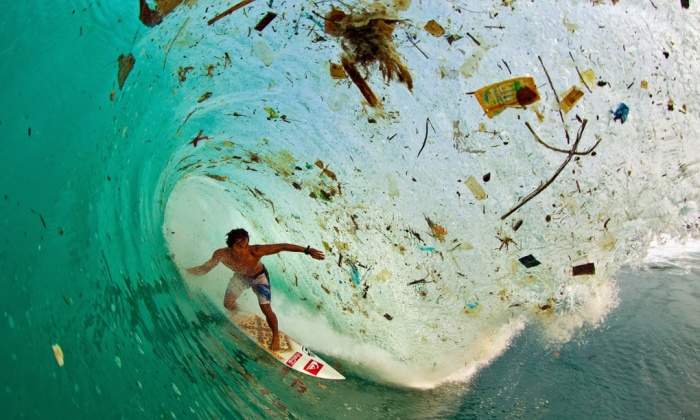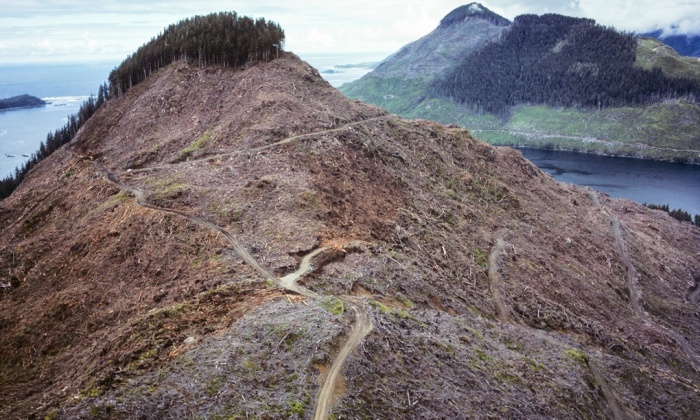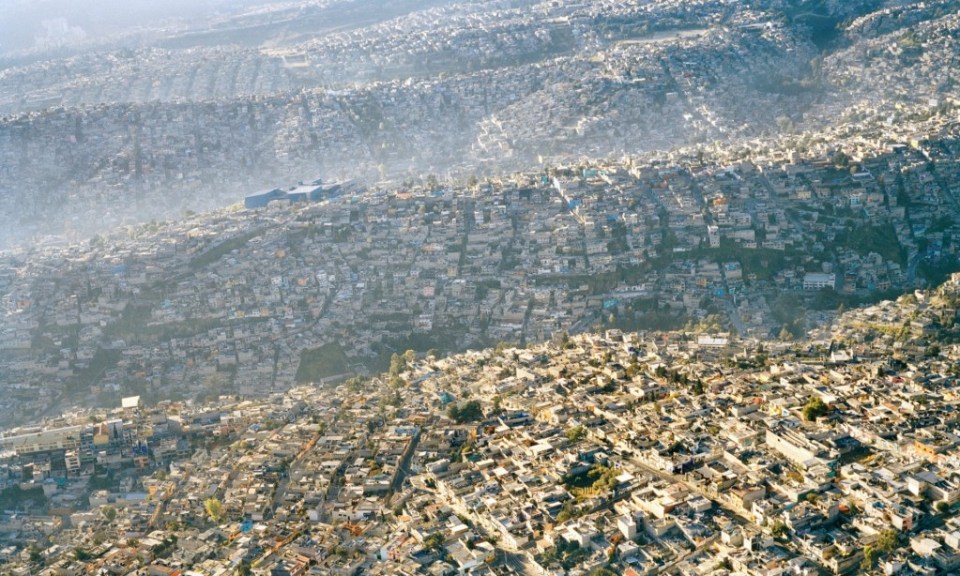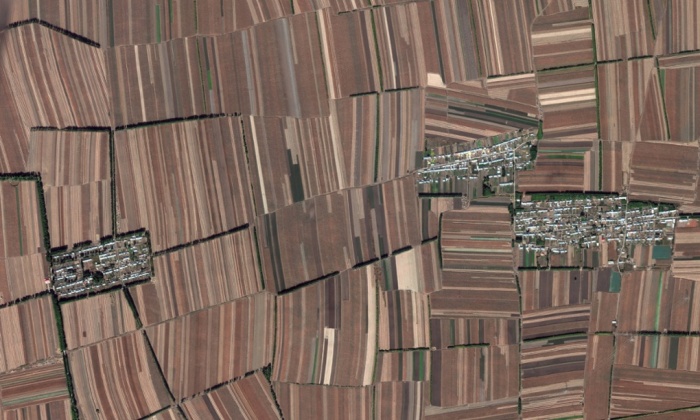| Posted by Michael Thomas April 6, 2015 The human impact on this planet has been huge in a relatively short period of time. These pictures are not about data, but about better picturing this impact through visual examples. While viewing these, keep in mind that our current extinction rate is 1000x the background level and that wild animal populations have shrunk an average of 52% in 40 years. 1. A surfer riding through debris Photograph: Zak Noyle Plastic has permeated our oceans, with over 270 million metric tons of in the ocean there is potentially more plastic than fish in the oceans right now. This becomes even more believable when we consider that up to 85% of fisheries are being overexploited. 2. Deforestation in British Columbia, Canada Photograph: Garth Lentz Deforestation is a major problem, and we now have only half as many forests as we did in 1950. We are simultaneously putting out vastly more carbon into the atmosphere while depleting the planet’s capacity to absorb it. 3. Animal agriculture Photograph: Peter Beltra Animal agriculture, as a whole, requires tremendous amounts of resources and is a leader in environmental degradation, responsible for 18 percent of greenhouse gas emissions (more than all transportation combined). Clearing land for animal agriculture, and the food it requires, accounts for 91% of amazon deforestation. 4. Kowloon City in Hong Kong
Hong Kong is still one of the most densely populated cities on Earth with 6,650 people per square kilometer. When Kowloon City still stood, it housed 33,000 people in a single city block. 5. Mexico City, urban sprawl Photograph: Pablo Lopez Luz Mexico City is also one of the most populated cities in the world, and its expansion has wiped out natural ecosystems for many kilometers. Together, this has led to very bad air quality, a continuing concern for Mexican health authorities. 6. Port au Prince, Haiti
7. Crop “desert” in China, no room for nature
Huge swaths of China, and indeed many developed and developing countries, is covered in fields containing only one kind of plant. Where fields and forests once stood, now stands neat rows of single species, far more sensitive to environmental fluctuations than a diverse ecosystem. 8. Deforestation in Brazil Brazilian rainforest being clear-cut for cattle raising, photograph: Daniel Beltra 9. Plastic moves up the food chain
In both aquatic and terrestrial ecosystems: plastic moves up. The tiny and not so tiny pieces are eaten by animals which are themselves then eaten: it moves up the food chain. With all the microplastics in our oceans and water: do we really think this isn’t reaching us? 10. Cheap fossil energy won’t last forever, and it certainly wasn’t free Depleting oil fields are yet another symptom of ecological overshoot, as seen at the Kern River Oil Field, California. 11. The Yangtze River turning red
Whether due to microorganisms or industrial pollution: this is certainly a bad sign for the ecosystem. There is reason to believe that when enough small ecosystems collapse, the global biosphere will become destabilized and mass extinction will intensify. 12. Alberta Tar Sands, where there was once a boreal forest Photo by Garth Lenz The tar sands are one of the most dirty sources of oil, and the extraction of this oil has polluted both the water and the land locally in Alberta. The fact that this project was OK’d by any environmental regulator is shocking, but this becomes less shocking when you realize that Alberta literally sold their regulator posts to the oil industry. 13. The Deepwater Horizon crisis
Approximately 5 million barrels of oil (almost a million cubic meters) spilled into the ocean. In response to this disaster, BP sprayed Corexit (which is so poisonous that the US government demanded they stop) onto the oil to get it to disappear from sight. Millions of barrels of oil still lay on the bottom of the Gulf, rendering hundreds to thousands of square miles devoid of life. Meanwhile, BP got off with a slap on the wrist and a connected high-ranking Halliburton manager who destroyed evidence was fined only $1,000. 14. What was once a forest in Oregon is now a wasteland Industrial forestry degrading public lands, Willamette National Forest in Oregon, Photograph: Daniel Dancer See previous points about deforestation, also keep in mind that the prices demanded for exploitation of Federal/public lands is pennies on the dollar for the ecological costs and profit the companies make. They demand so little that the Navajo were able to sue them for exploiting their lands and not returning even close to market price. 15. Oil filters in Seattle, 2003 Photography: Chris Jordan 16. Junkyard full of metal scraps Photography: Chris Jordan 17. Mountain of phone chargers Photography: Chris Jordan 18. Sea of cellphones Photography: Chris Jordan Our lust and desire for smartphones, and next-generation technologies of all kinds, are fueling conflict and loss of life the Congo. 19. Clearcutting in Finland
20. Fish die-off at Redondo Beach, California
With our population already at 7 billion people and overconsumption rising at a terrifying rate, this is something serious that many people have a hard time picturing. The truth is shocking, and when I look at these photos I can only imagine all the heart-wrenching images of environmental destruction that go unseen by most humans, the scenes which lay unvisited in the mountains or in the hearts of what were once forests.
|




















Nenhum comentário:
Postar um comentário
Observação: somente um membro deste blog pode postar um comentário.